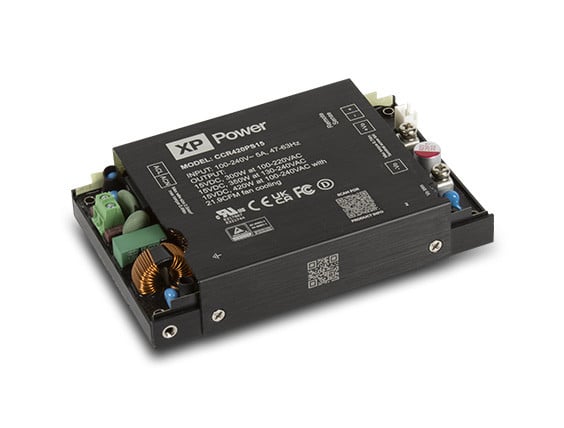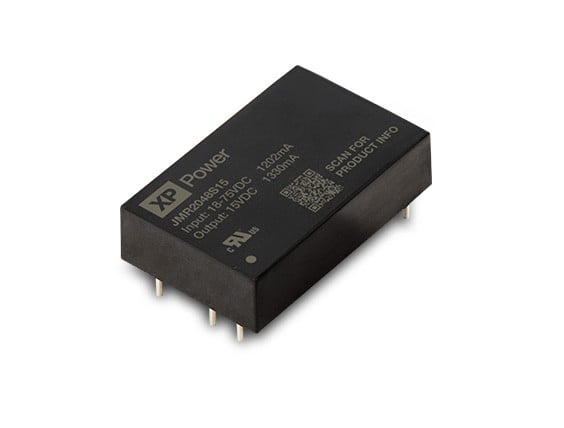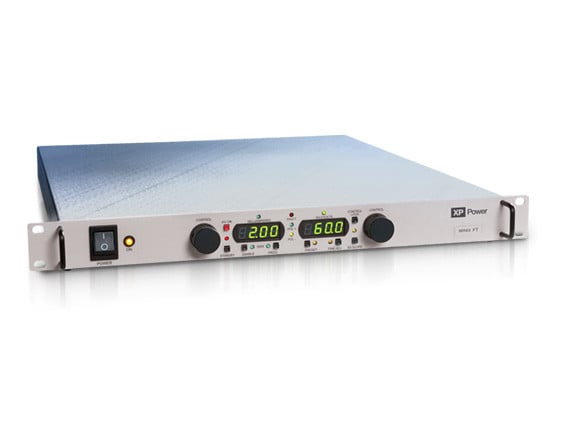
Using an AC-DC power supply with a DC source
A frequently asked question concerns the suitability of using an AC-DC power supply with a DC source. There are two parts to the answer, one concerning the ability of the converter to run without issue and the other concerning the safety aspects.
Most universal input AC-DC supplies (designed to work from 100VAC to 240VAC) or fixed input AC-DC supplies (designed to work at 115VAC or 230VAC) will probably work with a DC input and the only difference in operation would be that only two of the diodes forming the bridge rectifier would be utilised. A linear power supply that has a transformer as one of the first elements prior to the rectifier circuit within the design could not operate from a DC source.
Abnormal operation and possibly undue heating
However, some universal AC-DC supplies with active Power Factor Correction (PFC) may rely on the zero crossing of an AC waveform to operate correctly. Supplying these with DC could cause abnormal operation and possibly undue heating within the PFC elements. The only way to be sure is to ask the supplier or manufacturer for advice.
Even if an AC-DC supply can work correctly from a DC source, it is likely that its safety approvals relate to the inclusion of an AC fuse and therefore the fully safety approved supply will in effect not have any approvals within a DC application. The issue is that the fuse in the power supply is incorporated to protect the upstream wiring from a failure in the power supply causing a short circuit. At this point the power supply is probably already dead and unusable. Whilst a short in a AC system can be cleared easily by an AC fuse as the current and voltage naturally drop to zero 50 or 60 times per second, a DC fuse has to work a lot harder.
Arc welding
When a DC circuit is broken, an arc will form across the gap formed by the melted fuse wire even in a relatively low DC voltage system – think of an arc welder! The arc will extend and be maintained as the fuse wire further melts away. If the fuse is physically short as in an AC fuse, the arc could be maintained even if the fuse wire is fully melted. If the fuse doesn’t clear the fault quickly then the supply conductors could over-heat causing a fire hazard. For this reason, a DC fuse is usually significantly larger than an AC fuse and also filled with an arc quenching medium such as sand.
The upshot of this is that the application designer will need to think carefully about how to ensure that safety approvals are maintained or how the necessary precautions are implemented such as adding a suitably rated DC fuse in circuit before the power supply.








